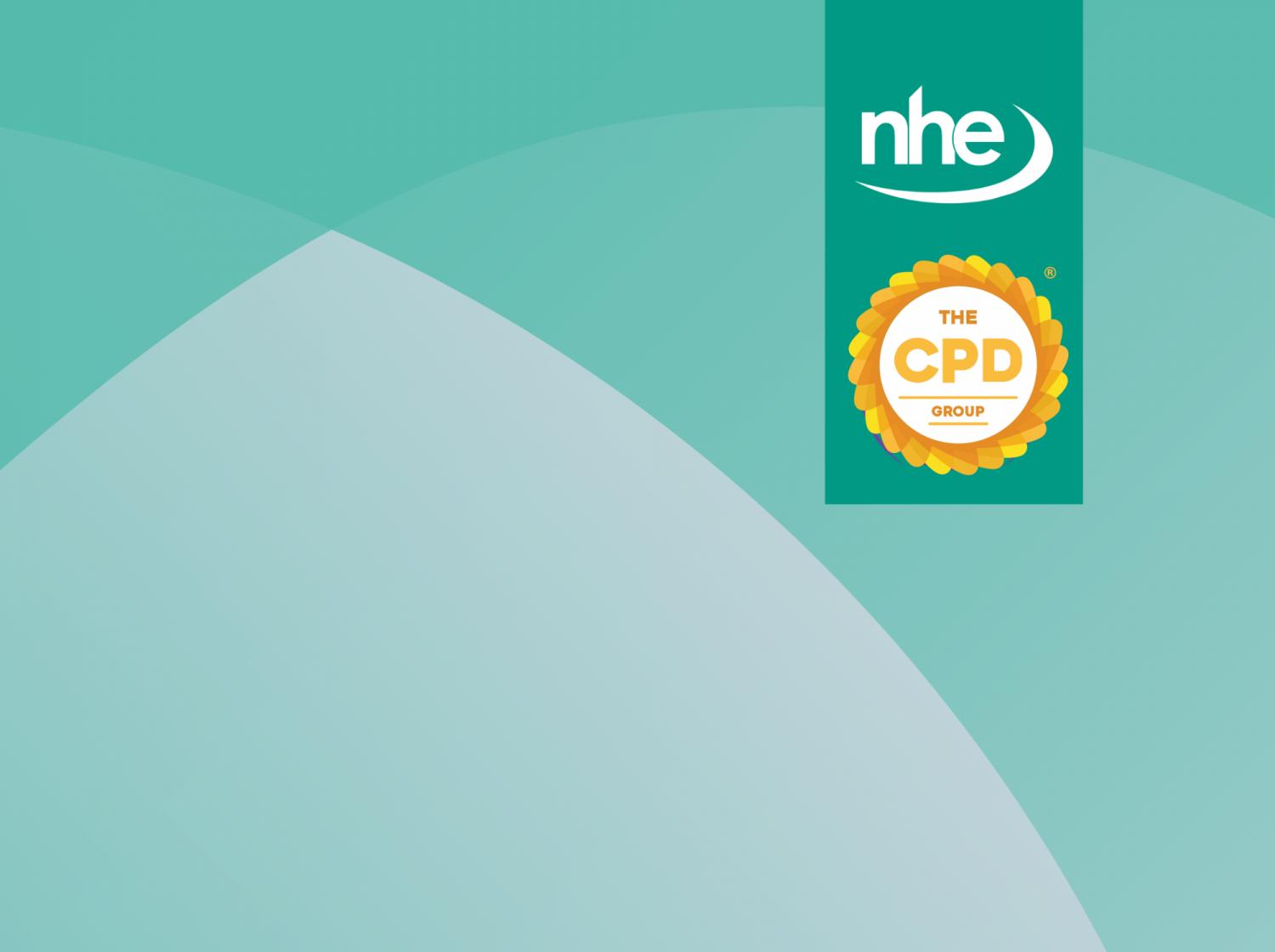The NHS Digital’s Terminology Server has now gone live. The system aims to tackle the issue surrounding language when professionals describe something using different terms but mean the same thing. Examples include referring to symptoms such as ‘back-ache’ or ‘lower lumbar pain’ meaning the same.
The server changes the way in which data is gathered, shared, and analysed in the health and care system. When information is recorded and shared across the health sector, the system is able to recognise the differing terms by translating terms in to a common ‘language of health’. This enables organisations and software included in the patients care, to communicate well and for patient data to be put together and effectively compared.
It forms part of the national framework, and a collaborative ecosystem that reduces the cost for organisations seeking a common heath language.
Nicholas Oughtibridge, Lead Data Architect, NHS Digital said: “Having consistent codes makes life easier for clinicians and researchers, and ultimately patients.
“The Terminology Server facilitates faster data capture and record keeping at the clinical coalface and enables those records to be reused not only in a single clinical setting but in other similar or very different settings as a patient moves around the health and care system.
“The Terminology Server also opens the opportunity to reuse data for population analysis, research or for regulating providers.”
It will allow organisations from across the system to receive national code sets and updates, such as SNOMED CT, in a timely manner. This will also help clinicians to code in the same language and input the data easier, as well as allowing researchers to use the improved coded data for better research. It also means that organisations will be able to innovate and come up with new apps without having to manage large code sets, through a single API.
This makes NHS Digital the first organisation to go live with a solution from the national framework. The framework formed in order to simplify and make the adoption of standards, easier and more cost effective, and enable healthcare organisations to use the service or procure and manage their own solution.



















